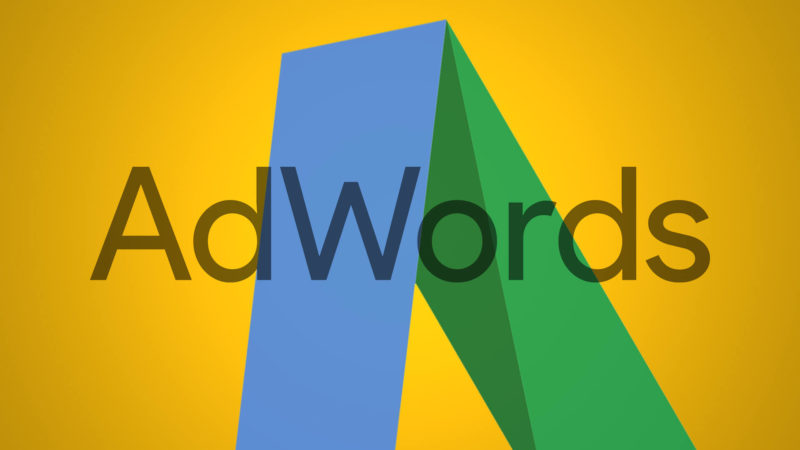
Extensions are important — super important, in fact. I’ve written about them before, and I’m sure I’ll write about them again.
They make ads better, and people like them. They’re a part of Ad Rank. They get you more clicks. One extension in particular, price extensions, is approaching its one-year birthday. If you offer anything (and I mean anything) that has a price, you should hop aboard the price extensions train.
In case you’ve missed any of Ginny Marvin’sexcellentpriceextensionupdates over the past 12 months, here’s a quick rundown:
- They’re intended to show off prices alongside your products and services.
- People can scroll through them to see if they like what you have to offer.
- They serve on Google.com for all devices and all positions.
- They’re a lot of fun (meaning they’re very clickable).
As long as what you’re selling has a price (even if that price is $0.00), you can use them. For example, if you offer a free trial, you can add that as your first item with $0.00 as the price.
You can set up price extensions across any of these categories: brands, events, locations, neighborhoods, product categories, product tiers, service categories, service tiers and services.
If you’re looking for examples of each of those categories, you should head over to the AdWords Help Center. You’ll be able to figure out pretty quickly how your offerings could fit into this new extension.
Once you’ve figured out how to apply price extensions to your business, here’s how you can take their performance to the next level.
1. Deliver the most helpful information to users
As with everything in AdWords, you want to deliver a great experience to your users. When it comes to price extensions, that means returning the most useful information for a user’s query.
For example, if someone’s looking for “apartment rentals Chicago,” it doesn’t make much sense to show them all of the cities you have. What would make more sense is all of the neighborhoods within Chicago.
How do you do this? You can apply price extensions at the ad group, campaign or account level. In this rental example, you could apply your Chicago neighborhoods price extension to your Chicago campaign. It’s important to customize your extensions to deliver the right information to your users.
2. Make your pricing offers specific and appealing for users
Think about how sophisticated you want your offers to be based on a user’s search. At the account level, you’ll want offers that are relevant to your entire account — think things like monthly fees for a subscription service.
At the ad group level, though, you’ll want offers that really customize what you’re promoting — the pricing of studios vs. one-bedrooms vs. two-bedrooms in Wrigleyville, for example.
Remember that the most specific application of an extension will take precedence. If you have something at the ad group level, another one at the campaign level, and a third still at the account level, the ad group extension wins out. If you have two at the same level, though, the first one implemented will be shown.
3. Qualify your prices
As Roger Sterling tells us, how you describe your own prices can be a big decision. Google sometimes rounds values on price extensions. You also have the option to qualify your prices.
If you choose “From” as your price qualifier, we’ll round your price down. If you choose “Up to,” we’ll round up. A price is important, and how you position that price is similarly a big deal.
Price qualifiers also make your life easier across regions and pricing updates. You can keep your ads honest without needing to constantly revisit the pricing in your extensions.

4. Pick the right landing page for each item
A click on an item takes people to a unique landing page. You want to ensure that they’ll like where they arrive.
That means the price you mention in your extension is prominent and clear once they’re there.
5. Apply a tracking template to your price extensions
Understand what happens after the click by applying a tracking template. It’s very useful information. Use it to see if you’re meeting a user’s needs with your extensions. If you’re seeing worse performance than standard clicks, figure out what needs to be fixed.
Note that the template currently tracks for the entire price extension, meaning you can’t track individual items featured in the price extension carousel.
[Read the full article on Search Engine Land.]
Some opinions expressed in this article may be those of a guest author and not necessarily Marketing Land. Staff authors are listed here.
About The Author

Popular Stories
Related Topics
